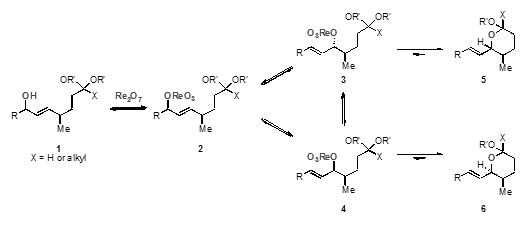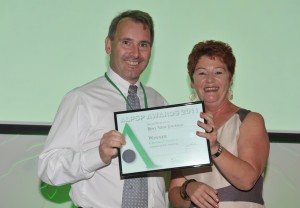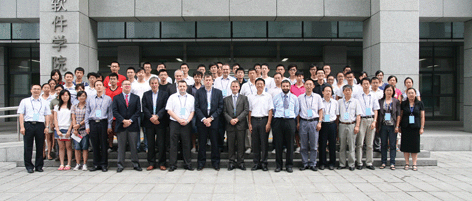![]() Chemical Science has published some exceptional physical chemistry since its launch last year. Below is a selection of recent articles but be sure to browse our issues to keep up-to-date with the latest cutting edge research.
Chemical Science has published some exceptional physical chemistry since its launch last year. Below is a selection of recent articles but be sure to browse our issues to keep up-to-date with the latest cutting edge research.
Practical computation of electronic excitation in solution: vertical excitation model
Aleksandr V. Marenich, Christopher J. Cramer, Donald G. Truhlar, Ciro A. Guido, Benedetta Mennucci, Giovanni Scalmani and Michael J. Frisch
Chem. Sci., 2011, DOI: 10.1039/C1SC00313E
Multi-structural variational transition state theory. Kinetics of the 1,4-hydrogen shift isomerization of the pentyl radical with torsional anharmonicity
Tao Yu, Jingjing Zheng and Donald G. Truhlar
Chem. Sci., 2011, DOI: 10.1039/C1SC00225B
Water-hydroxyl phases on an open metal surface: breaking the ice rules
Matthew Forster, Rasmita Raval, Javier Carrasco, Angelos Michaelides and Andrew Hodgson
Chem. Sci., 2011, DOI: 10.1039/C1SC00355K
Photo-induced charge recombination kinetics in low bandgap PCPDTBT polymer:CdSe quantum dot bulk heterojunction solar cells
Josep Albero, Yunfei Zhou, Michael Eck, Frank Rauscher, Phenwisa Niyamakom, Ines Dumsch, Sybille Allard, Ullrich Scherf, Michael Krüger and Emilio Palomares
Chem. Sci., 2011, DOI: 10.1039/C1SC00514F
Effect of defects on photocatalytic dissociation of methanol on TiO2(110)
Chuanyao Zhou, Zhibo Ma, Zefeng Ren, Xinchun Mao, Dongxu Dai and Xueming Yang
Chem. Sci., 2011, 2, 1980-1983
Energy transfer at metal surfaces: the need to go beyond the electronic friction picture
Christof Bartels, Russell Cooper, Daniel J. Auerbach and Alec M. Wodtke
Chem. Sci., 2011, 2, 1647-1655
Submit your own hot research to our physical chemistry associate editors: Kazunari Domen, Haw Yang and Kopin Liu.

















_180_tcm18-206964.jpg) Clyde Hutchison is a distinguished professor at the
Clyde Hutchison is a distinguished professor at the 